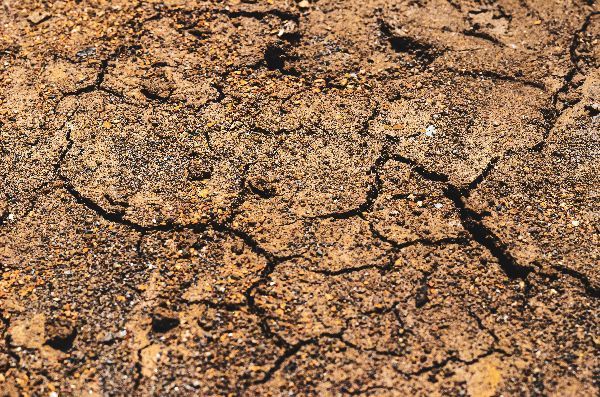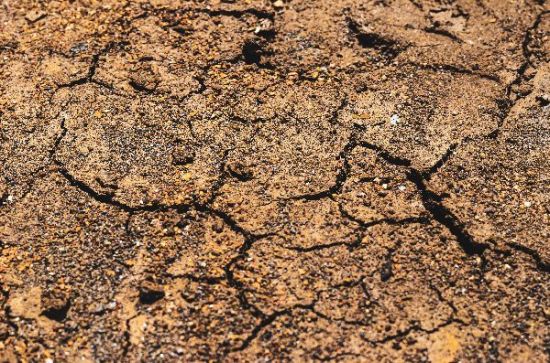Two Probabilities Presented: “20?50%” Also Included
Previous Probability Was “Around 80%”
The Japanese government’s Earthquake Research Committee has reviewed its method for calculating the probability of a Nankai Trough megaquake for the first time in 12 years and announced new results.
According to the Asahi Shimbun and Yomiuri Shimbun on the 27th, the Earthquake Research Committee announced the previous day that the probability of a Nankai megaquake occurring within the next 30 years is “around 60-90% or higher” and “20-50%.” Previously, the probability was cited as “around 80%,” but this time, the committee unusually adopted two figures.
The Nankai megaquake refers to a magnitude 8-9 earthquake that occurs along the Nankai Trough, stretching from offshore Shizuoka Prefecture, west of the Tokyo metropolitan area, to the southern coast of Shikoku and the eastern sea of Kyushu. It is known that large earthquakes have occurred in the Nankai Trough at intervals of 100-200 years.

The photo is for illustrative purposes only and is not related to specific content. Pixabay
The Earthquake Research Committee changed the previously presented probability of “around 80%” to “around 60-90% or higher.” This probability was calculated based on historical documents from Murotsu in Kochi Prefecture, Shikoku, which suffered two Nankai megaquakes during the Edo period (1603-1868). The calculation utilized a “time-prediction model” that focuses on the degree of uplift in the terrain and the intervals between earthquakes. However, there have been criticisms that these historical documents are ambiguous, and that construction work may have altered the ground in the Murotsu area, making them problematic as a basis. Considering the uncertainty of the terrain uplift values recorded in the documents, the committee revised the probability to “around 60-90% or higher.” Asahi explained that the range widened to reflect the margin of error.
The separately presented probability of “20-50%” was calculated using a method that considers only the interval between earthquakes as a major variable, without taking crustal deformation into account. This method is generally used to estimate the probability of trench earthquakes outside the Nankai region.
The Earthquake Research Committee stated that it is difficult to determine which of the “around 60-90% or higher” or “20-50%” probabilities is scientifically superior. The committee also acknowledged that presenting two probabilities may make it harder for the public to understand, but emphasized that this represents the best scientific perspective at this time.
However, from the perspective of earthquake disaster prevention, the committee believes it is better to emphasize the higher probability of “around 60-90% or higher.” Naoshi Hirata, chair of the Earthquake Research Committee and professor emeritus at the University of Tokyo, said, “The probability of a megaquake is rising every year, and it remains the case that it would not be surprising if the Nankai megaquake occurred at any time.”
Asahi reported that this review of the probability does not change the expected scale or affected areas of the Nankai megaquake, nor does it affect the government’s estimate of up to approximately 298,000 deaths. The Earthquake Research Committee projects that in the worst-case scenario, the Nankai megaquake could trigger a tsunami over 20 meters high and result in more than 298,000 deaths, delivering a massive shock to the Japanese economy. Major cities such as Tokyo, Osaka, and Nagoya are also expected to suffer direct and indirect damage.
© The Asia Business Daily(www.asiae.co.kr). All rights reserved.


AloJapan.com